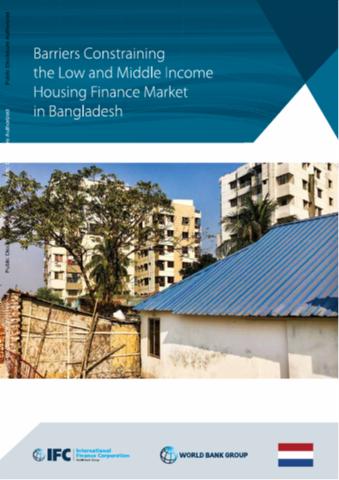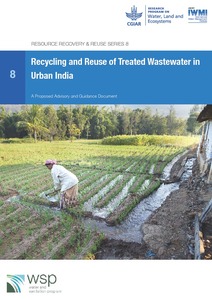Greenbelts in Germany's regional plansâAn effective growth management policy?
Greenbelts are the best-known growth management policies in Germany. As part of its regional plans, they attempt to keep undeveloped areas permanently open, thus avoiding sprawling, i.e., land consumptive forms of urban development. However, the effectiveness of such land use designations in terms of guiding and limiting urban growth has rarely been the subject of in-depth research. This is the first study to present a GIS-based analysis of the restrictiveness of greenbelt designations in Germany and their impact on urban spatial structure and land use.






